O Copom (Monetary Policy Committee) of the Central Bank reported that keep the basic interest rate of the Brazilian economy – to Selic – high for a “sufficiently long” time, with the aim of controlling inflation.
At the beginning of the month, the Committee increased Selic from 13.25% to 13.75% per year and highlighted that “it will evaluate the need for a residual adjustment, of a smaller magnitude, at the next meeting”. I.e, pointed out that interest rates could rise to 14% per year from September onwards.
However, even with sky-high interest rates, professionals heard by the Solar Channel guarantee that This should not hinder the growth of the solar sector in 2022. Currently, more than 70% of photovoltaic systems in Brazil are acquired through financing, according to Greener.
In other words, for experts, the maintenance of high interest rates – despite offering unfavorable conditions for purchasing equipment – should not cause major impacts on the solar sector over the next few months. Check out the reviews.
GD Legal Framework
For Carlos Bouhid, CEO of Sunny, a company that offers financing for the solar energy sector, the prospect of changing the current DG (distributed generation) rules, starting in January 2023, is today “the main market driver in this second half of the year, regardless of the scenario”, states.
Without predicting numbers, the executive comments that, because of this, he expects the sector to obtain even better results in the second half of the year compared to the first. “This is because the benefits for those who manage to request access by December will be greater than any fluctuation in the basic interest rate.”
As for most consumers the new rules were not considered beneficial, a race to install solar panels started to occur after the publication of the Law 14,300, aiming to remain and fit within the old compensation rules.
Credit and working capital
Alexandre Augusto Silva Ferreira, Credit Manager at Bluesun Financial Services also makes the same statement and explains that the impact on credit demand will be small and should affect consumer contracts, such as overdrafts and credit cards, and corporate working capital contracts more.
“The first [special check and credit card] because they naturally have higher and more elastic rates and the second [corporate working capital] because they are contracts indexed to the CDI itself”, he points out.
According to Ferreira, despite the increase of 0.5 %, the Copom's indication in relation to inflation was positive, leaving room for the current rate to be increased by another 0.25% at the next meeting in September, in the worst case scenario. “In any case, in relative terms, the increase is not very relevant, considering the accumulated 11,75% since last year”.
The credit manager highlights that concern will remain about real economic indicators and the external scenario, considering unemployment and inflation in countries such as the USA and the Euro zone, in addition to economic activity in Asia and the energy crisis in Europe, which could affect both consumption and exchange rate, disadvantaging the class of imported products such as solar panels and inverters.
“In any case, the expected scenario is optimistic and with the recovery of the local economy and resumption of consumption, the cost of energy will once again become the focus of families and companies, greatly favoring those who invest in decentralized generation systems and take advantage of energy offers. financing available”, he concluded.
Post-fixed interest
Gabriel Guimarães, founding partner and Commercial Director of SolarVolt, an integrator of the photovoltaic sector in Minas Gerais, also assesses that the scenario will remain positive for solar energy throughout the year.
According to him, the rise in the basic interest rate should impact investors who are seeking credit for a short period of time. “Most financing lines are linked to the CDI rate. However, we are possibly already at the highest Selic level and interest rates should start to fall in the next Copom meetings”, he assesses.
As a result, Guimarães recommends that investors in solar plants look for post-fixed rates so that, over the course of the financing (normally between 5 and 10 years), they will have an average rate lower than the current scenario.
“Even with high rates, we are still working on investing in solar energy projects with positive cash flow from the first year. Therefore, the scenario is still very attractive and the sector should maintain strong growth in the coming years linked to high energy demand due to the expected acceleration of the economy”, he pointed out.


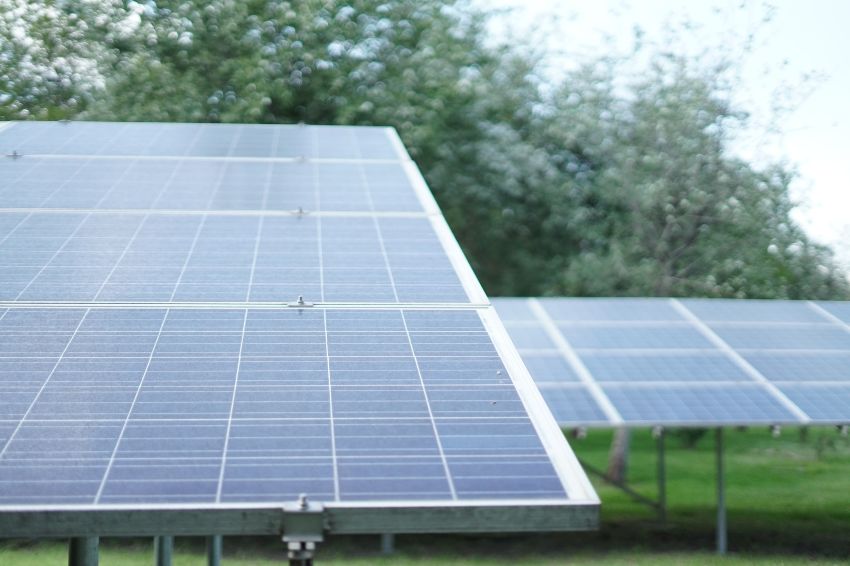


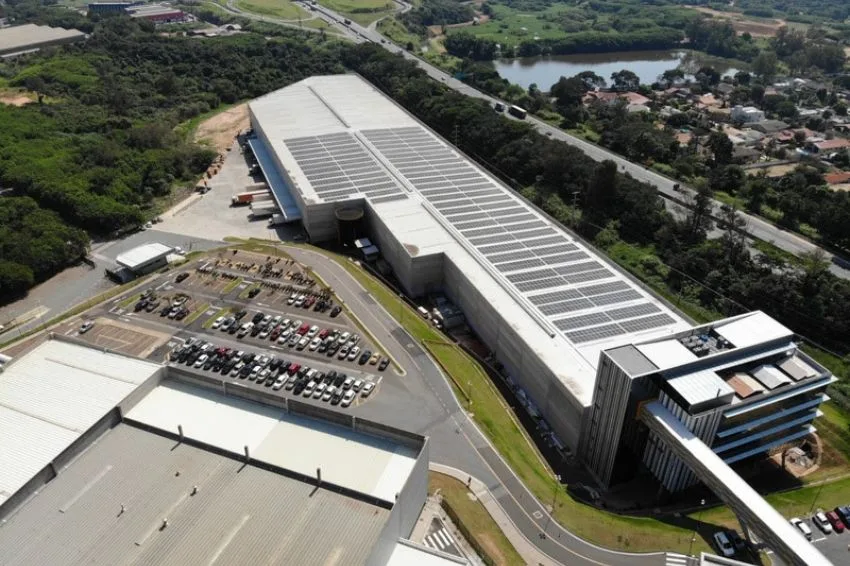

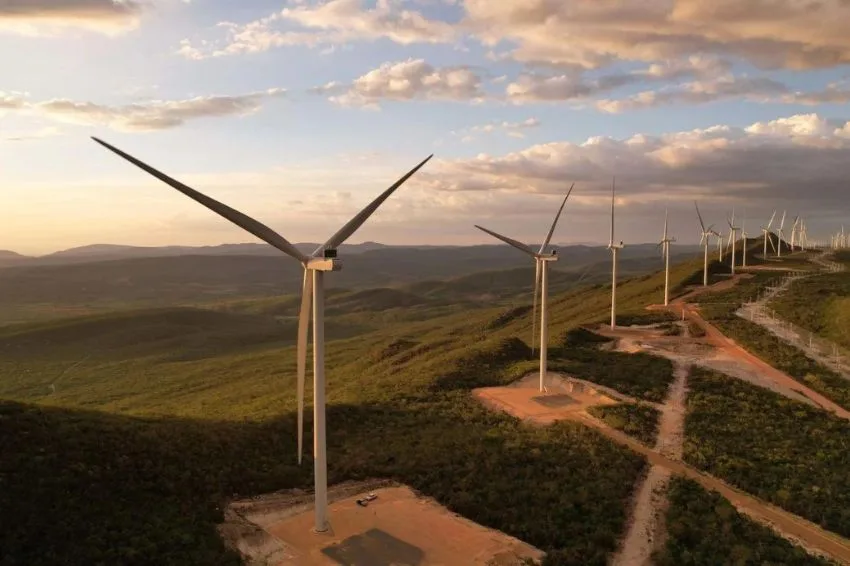
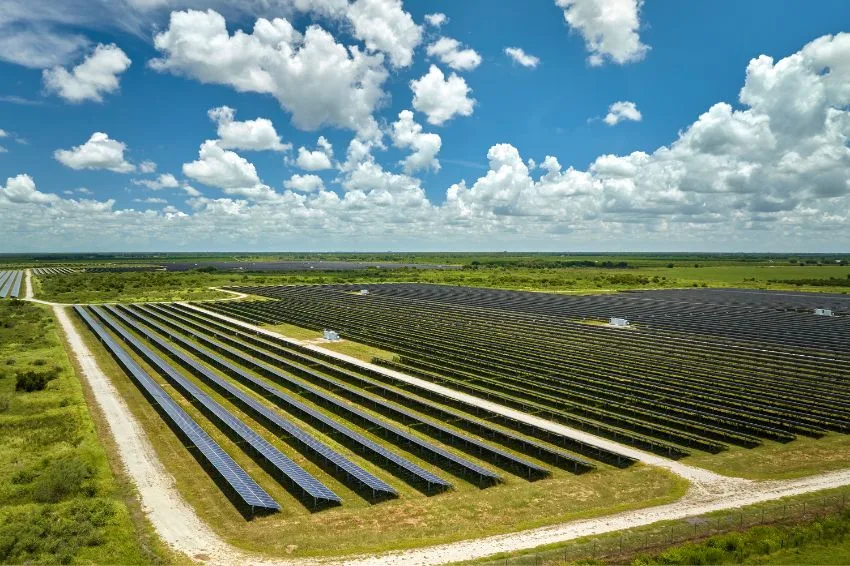
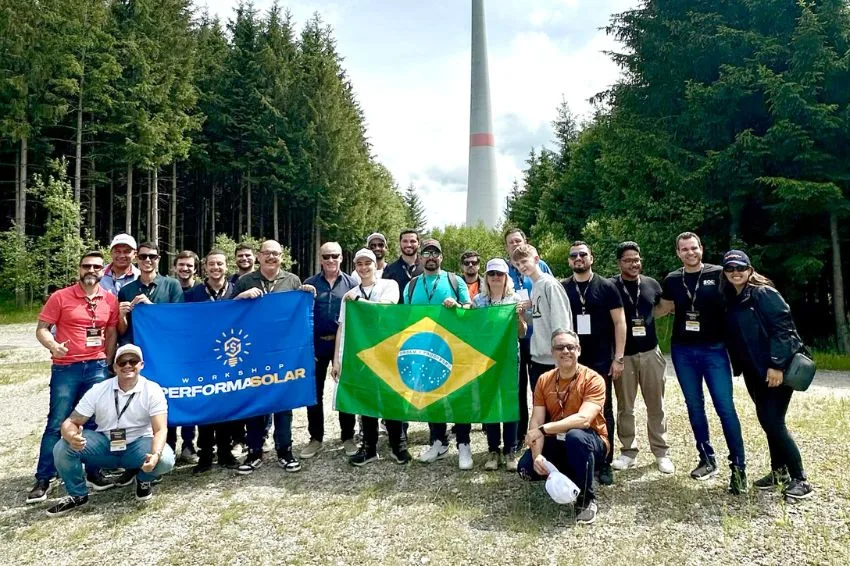








One Response
Greetings. After all, the increase in the Selic rate interferes with solar financing, what is the interest rate in the sector today?